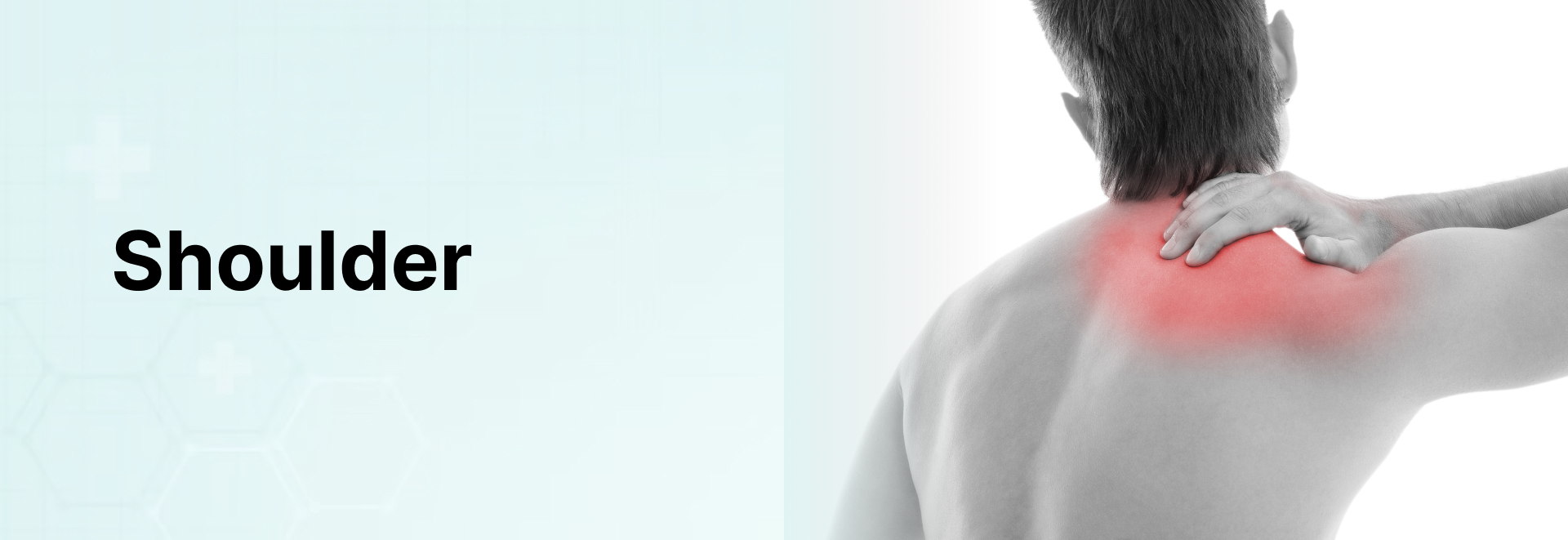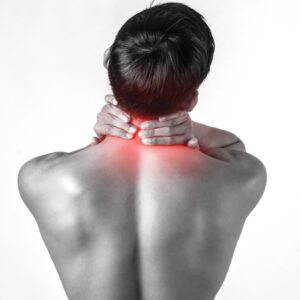
Shoulder
Shoulder replacement
Indications for total shoulder replacement fall into two categories of diagnostics:
- Rheumatoid arthritis
- Osteoarthritis (primary and secondary)
Other Orthopedics Treatments
Description
The results of previous trauma, post-dislocation arthropathy, cuff tear arthropathy, congenital abnormalities, the results of previous infection, and osteonecrosis are a few of the reasons of secondary osteoarthritis. Surgery is only seldom necessary for tumours and failed operations (including revision of previous prosthesis) Whatever the origin of the damaging process on the articular surface, the total outcome remains the same, that is growing pain and stiffness. Uncontrolled pain that results in loss of motion and subsequent loss of function is the main reason for surgery. Compared to lower limb joint replacements, shoulder replacements come with higher expectations. When a stable, pain-free joint with a two-thirds range of motion is established in the hip or knee, for example, this is seen as a successful outcome.Yet at the shoulder, stability and painlessness are insufficient. Since it is the body’s most movable joint, a substantially wider range of movement is anticipated.

The effectiveness of the shoulder replacement is largely dependent on the quality of the soft tissues and muscles and the preservation of the joint’s anatomical geometry. At the shoulder, it is more difficult to accomplish this than it is at the hip or knee. Before a shoulder replacement, it’s common to assume that the rotator cuff has completely worn down. Although there may be a loss of rotator cuff function, discontinuity is not implied by this. If the rotator cuff is no longer working, the unopposed deltoid will resolve forces in a superior direction, which will result in an upward subluxation of the humeral head. Restoration of function is possible if this process can be stopped, which involves lateralizing the center of rotation by retensioning the deltoid and cuff muscles. Unfortunately, long-term adaptive changes, such as the shortening of the rotator cuff muscles, have taken place in the most severely affected joints. As a result, complete geometry restoration by lateralization of the center of rotation is not feasible because the soft tissues cannot be sufficiently stretched to the anatomic position.
Rotator cuff loss may be real and complete in more serious circumstances. In this case, hemiarthroplasty alone might be a better option due to the increased risk of glenoid loosening in the presence of total rotator cuff loss. On the basis of mechanics alone, this can be inferred. The humeral head is superiorly subluxed without the rotator cuff. The likelihood of loosening increases if the glenoid replacement is then positioned in the anatomic position. It’s interesting to see that hemiarthroplasty outcomes and complete replacement outcomes are not very dissimilar. It has been demonstrated, nonetheless, that hemiarthroplasty may not provide the same level of pain alleviation as a whole replacement.
Each shoulder replacement, regardless of the design, needs healthy bone stock to fixate the glenoid component. It is unlikely that the glenoid component will be adequately seated in this case if medial glenoid erosion has reached the base of the coracoid. In this case, it may be preferable to accept the hemiarthroplasty alone.
© Triage Healthcare All rights reserved — Made by Rittz Digital


